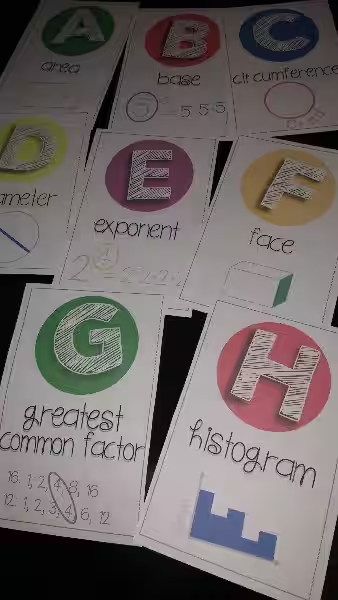
How many letters are in the Quran? While a precise figure is readily available, understanding the total count isn’t merely about a number; it’s about appreciating the intricate structure and historical context of this sacred text. This exploration delves into the numerical details and provides insights into why these figures matter.
Understanding the Quran’s textual composition reveals a deeper appreciation for its artistry and importance. The precise count of letters, words, verses, and chapters are not simply arbitrary figures; they represent the way the text has been passed down and interpreted over centuries. Scholarly methodologies have been employed over time to determine these figures, and the variations, when they exist, often reflect subtle differences in the understanding and interpretation of the text.
Deciphering the Count of Letters
The Quran, a cornerstone of Islam, is a meticulously composed text. Determining the precise number of letters in the Quran is a task that requires careful attention to detail, focusing on the specific script used and the inclusion or exclusion of diacritical marks. Different recitations and interpretations may result in slight variations in counting. This is because of the nuances in the Arabic script itself, which includes variations in vowel markings and grammatical conventions.
The count of letters, while seemingly straightforward, reveals a complex relationship between the written word and its meaning. Researchers and scholars have dedicated significant effort to examining the Quran’s structure, including detailed analyses of its letters, words, and verses. Careful consideration of each element contributes to a holistic understanding of the text. In the end, the exact figures offer a nuanced perspective into the composition and preservation of the Quran across generations.
Beyond Letters: Words, Verses, and Chapters
While the count of letters is an important aspect, understanding the Quran’s structure goes beyond individual letters. The number of words and verses, along with the categorization into chapters (also known as suras), provides further insights into the text’s organization.
The Quran comprises over 77,000 words, and a significant portion of those words carry deep theological and historical significance. The distribution of these words within different chapters and verses provides scholars with further insight into the Quran’s thematic connections and the flow of information. Furthermore, the different lengths of the suras often reflect the varying contexts and themes addressed in each part of the text.
The Significance of the Numbers
The figures related to the Quran’s composition aren’t merely statistical data. They reflect centuries of scholarly attention and dedication to preserving the text with meticulous accuracy. Understanding the numbers associated with the Quran’s structure is part of appreciating the depth and breadth of its message, ensuring careful study, and recognizing the countless hours spent by scholars, linguists, and others in maintaining its faithful preservation.
The meticulous preservation of the Quran’s written form underscores the importance placed on accuracy and its role in Islamic tradition. The exact count of letters, words, verses, and suras serve as a testament to this dedication, reflecting the continuous effort to maintain the text’s integrity over time. Understanding these figures not only provides numerical information but highlights the dedication to preserving the text’s authenticity.
Variations and Interpretations
It’s crucial to acknowledge that different scholars might offer slightly varying counts for the number of words, verses, and even letters in the Quran. These variations often stem from differences in the methods used for counting. For example, there might be disagreements on whether or not specific diacritical marks are included in the count. The slight differences emphasize the ongoing scholarly discussion related to the Quran’s textual tradition.
These slight variations are important to note because they provide insight into the subtleties of Arabic grammar and the different schools of thought surrounding its interpretation. Each variation adds a layer of complexity to the study and provides a more nuanced understanding of the historical context in which the text was preserved and transmitted. Ultimately, understanding these variations enriches the reader’s engagement with the text, encouraging critical analysis and a deeper appreciation for the intricacies of its transmission.
Estimating the exact figure for how many letters are in the Quran is more than just a simple count; it’s a journey into the world of Islamic scholarship and the meticulous preservation of sacred texts. The numbers associated with the Quran’s composition reveal a profound commitment to accuracy and offer a portal into the depths of the text itself. While precise figures may vary slightly, the core message remains consistent: the Quran’s beauty and complexity extend far beyond its mere numerical value.
Frequently Asked Questions about the Quran’s Letter Count
How many letters are in the Quran?
The Quran contains approximately 320,015 letters. This estimate is a commonly cited figure, though precise counts can vary slightly depending on the specific methods used for counting. Different scholars may have different approaches, leading to minor variations in the final count.








